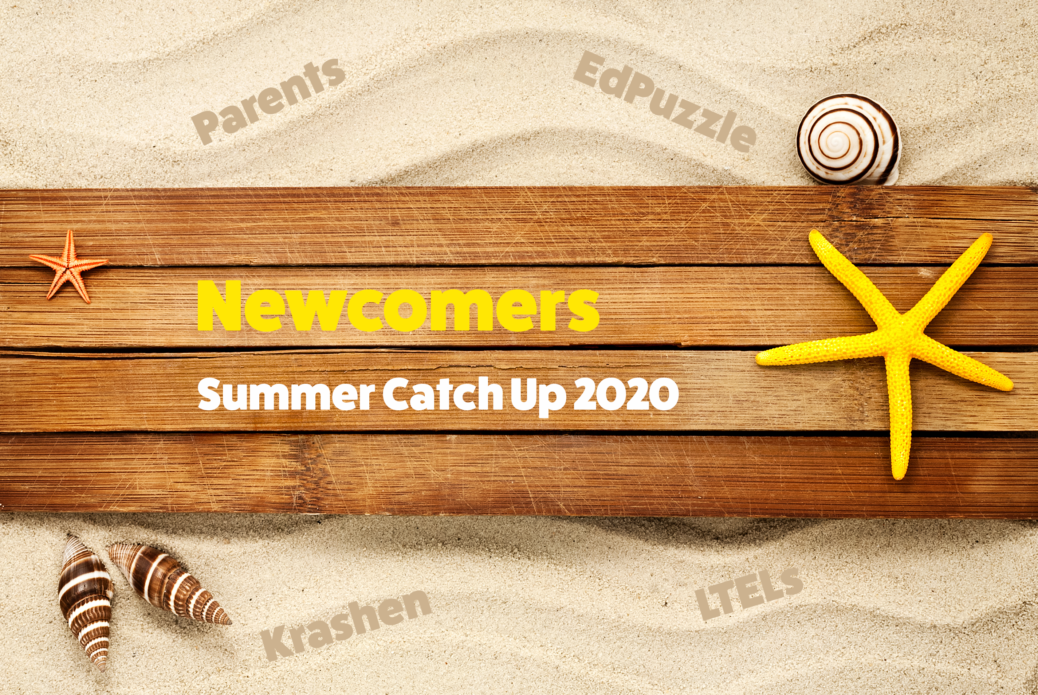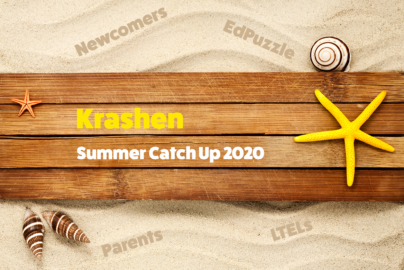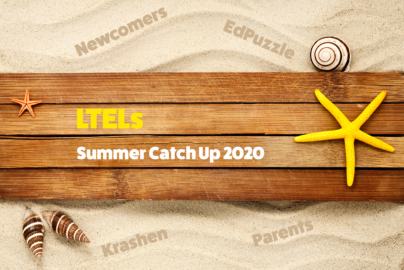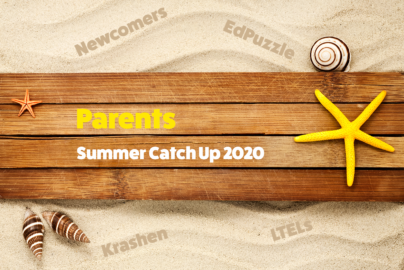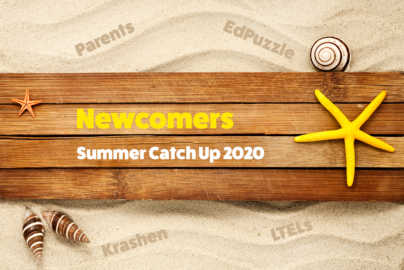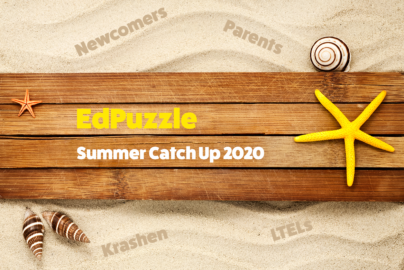I don’t know about you, but summer is a time for me to catch up on many of those things I didn’t have time for during the school year. Just this week, I was finally able to check off a couple of things that have been on my to-do list for months. It’s a great feeling!
2020 was certainly a school year for the record books. While you were learning how to teach remotely, you may not have had time to read all of the Dear Dr. Mooney articles published this year.
If you’re a subscriber, some of my articles may have been sitting in your inbox for a while. No worries! They will still be there waiting for you when you have the time. But to help you out, I am going to highlight the most popular articles over the next six weeks.
By the way…if you are not yet an email subscriber, how about signing up to have articles sent directly to your inbox each Wednesday morning?
Sign up to get the latest articles sent directly to your email.
Now, here is the first installment of the Summer Catch Up Series!
Dear Dr. Mooney,
I am student teaching in a first grade classroom. We recently welcomed a new student from Africa who speaks French, but no English. His family members do not speak English either. My mentor teacher and I have fully immersed him into the classroom activities, but it’s been difficult to know how to modify lessons. He’s very outgoing and talks all the time in class. In French! No one at the school speaks French well enough to communicate with him, so we tried using a translation app, but that didn’t seem to work well either. He spends 30 minutes twice a week with the ESL teacher. A friend told me you might be able to provide some advice. Should we get a translator? Books in French? A computer program? I want to help this student any way I can!
Sincerely,
Aidez-moi! (name changed)
I realize this may be a stressful situation for you and your mentor teacher, but it’s also an exciting one. Both your new student and your current students will benefit from interacting with each other in the classroom. Just think – most, if not all, of your English-speaking first graders have never been around a French speaker before. This is a rich experience for everyone!
You’re doing exactly the right thing by including the student in all of the regular classroom activities. Don’t worry about trying to use translation apps for everything you’re doing in the classroom. A day in first grade is so busy that it would be impossible to translate everything that’s going on.
The most important thing…
Remember that we understand language when it is made comprehensible to us. Many of your native English speakers find school comprehensible simply through the words you speak. However, a lot of students need pictures, videos, demonstrations, and multiple explanations before they understand. These techniques will work well for your English learner, too.
Most young children, like your first graders, don’t encounter language acquisition barriers such as fear, self-doubt, or prior negative learning experiences the way older learners do. As a result, your student will likely be having tentative or exploratory English conversations with peers pretty quickly. This is especially true since you said he didn’t seem to be shy or intimidated by being around so many English speakers!
Things you can use…
However, when there is work that he simply can’t comprehend due to the language barrier, you could use picture dictionaries as replacement work for him for the time being. There are many variations available online. I’ve listed one below that is a bilingual French/English edition. Since he’s in first grade, he may or may not be able to read in French. If he can, then the bilingual aspect of the book may be helpful. It could also be a resource for you to learn the French words for some common items.
The second item below is focused on the content areas of school, but does not include French translations. With this text, you could sit with him and talk through the pictures, using gestures to help him understand. You could even have him copy some of the English words and draw his own pictures to create a personal English/French dictionary.
First French Dictionary (DK First Reference)
ISBN: 978-1465470034
Amazon
Oxford Picture Dictionary: Content Areas for Kids (Student Edition)
by Jenni Santamaria and Joan Ross Keyes
ISBN: 978-0194017756
Amazon
Translation and Interpretation Services
It’s actually the responsibility of your school district to provide translation and interpretation resources. Districts must communicate information to all parents in a language they can understand, even when there’s only one French speaking family in the district.
Your student’s family has the right to understand information about school policies, programs, activities, and their child’s progress. This will likely require translated documents and an interpreter for parent teacher conference and other meetings. Talk about this with your mentor teacher, the ESL teacher, and then the building principal. They should know whom to contact at the district level for support.
The article above was originally published on June 11, 2019. Excerpts here are slightly modified.

